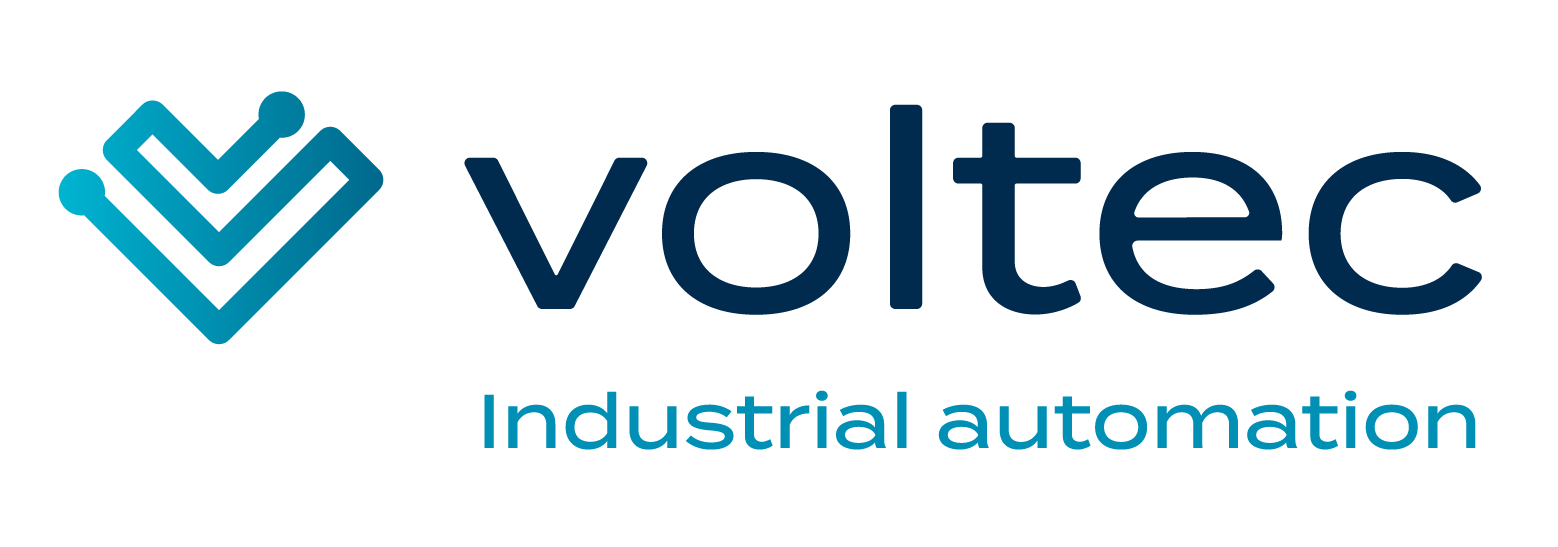The automation of an industrial process can be done in different ways:
All-in-one system vs. layered system
All-in-one system
All programming – supervision, control and management – is carried out in the same place. This architecture forces the PLC to constantly execute all the code -both control and management-.
The result: the control part is inefficient, since any change in the management part also affects the control part.

Layered system
The architecture of the platform is divided into layers or levels, following internationally established standards. In each layer, a series of operations and functionalities are performed using the most suitable technology for each operation.
Control → PLC
Supervision → SCADA
IT Management → (MES)
Benefits of automating with a layered architecture
A platform with this architecture – like the VMES4.0 software – offers a notably higher plant performance, making the investment in machinery and installations profitable. Changes or extensions in the control part do not interfere with the management part, resulting in a more robust and scalable system. Therefore, the implementation of more functionalities in the management part does not slow down production.
The result: each technology takes care of the work for which it was designed, achieving a better development of the factory.
Real Case
The renovation of the COPINSA factory, implementing the VMES4.0 software (whose architecture is based on layers) managed, with the same mechanics, to increase production by 5%.







